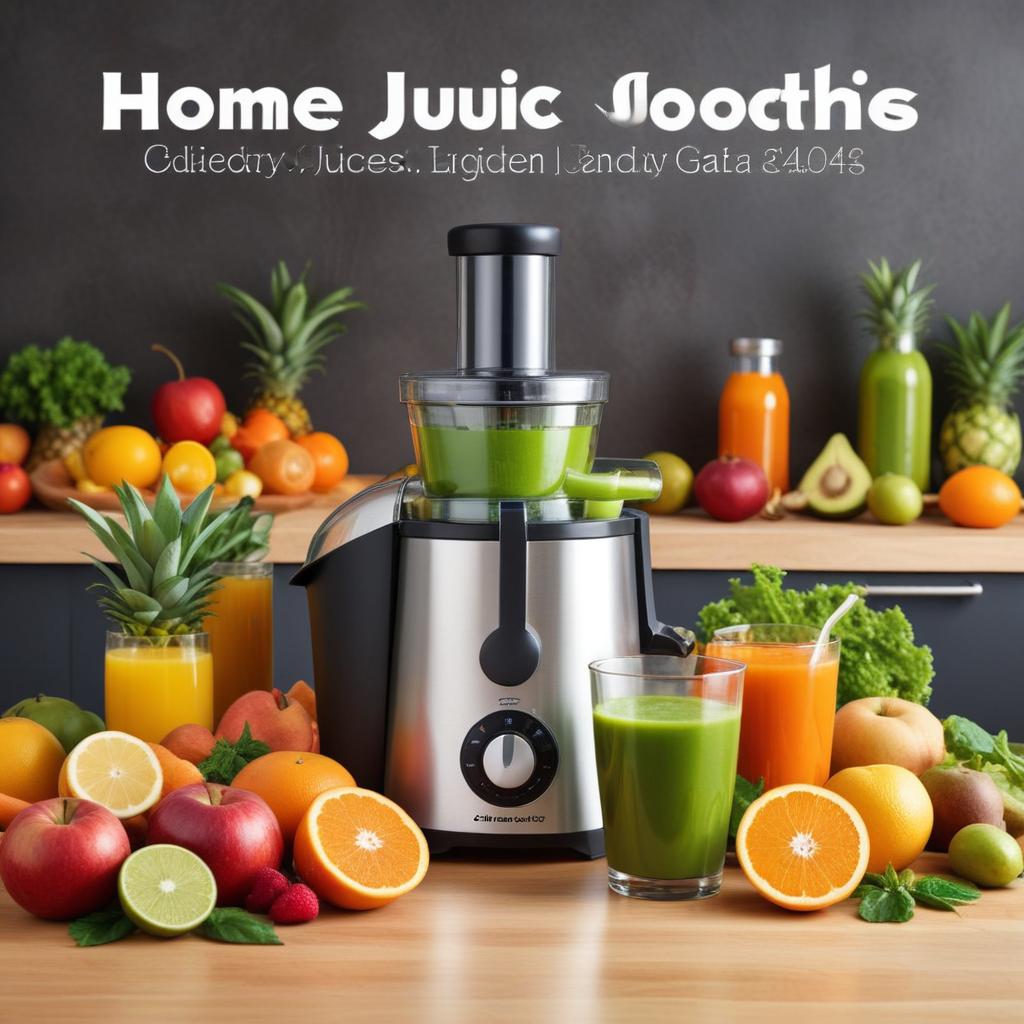This article reviews the top home juicers, from budget-friendly to high-end, helping you save money and enjoy fresh, nutrient-rich, cold-pressed juices at home instead of expensive store-bought options. Discover the best models for efficiency, ease of use, and juice quality.
Sick of spending a fortune on daily juices and smoothies? This guide introduces you to the world of home juicing, highlighting how modern masticating (cold-press or slow) juicers are efficient, quiet, easy to clean, and a smart long-term investment. A veteran food writer and recipe developer rigorously tested 10 juicer models, ranging from $59 to $770, using an all-rounder green juice recipe to evaluate juice yield, juice-to-foam ratio, pulp quality, flavor, texture, color, ease of assembly, use, cleaning, noise levels, and aesthetics. The testing involved approximately 30lbs of produce to ensure comprehensive results. The top recommendations include the Nama J2 Cold Press Juicer ($599) as the 'Best overall' for its ultra-quiet operation, easy assembly, high yield, and 15-year warranty, also capable of making nut milks and soups. The Shine Multi-Batch Compact Cold Press Juicer ($149.95) is lauded as the 'Best budget' and compact option, offering impressive yields comparable to high-end models, portability, and BPA-free parts. For those needing large quantities, the Kuvings Hands-Free Slow Juicer AUTO10 Plus ($769.99) is the 'Best large-capacity' juicer, boasting the market's largest hopper (135oz) and producing vibrant, long-lasting juice. Other highly recommended models include the Hurom H70 Easy Clean Slow Juicer for its sleek design and strainer-free cleaning, and the Cuisinart Easy Clean Slow Juicer for high yields on a budget and dishwasher-safe parts. The article also provides essential buying advice, covering price ranges, storage considerations, cleaning tips for juicer components, and a clear explanation of why masticating juicers are superior to centrifugal juicers for nutrient retention and juice quality. It also offers guidance on peeling produce and suggests ideas for using leftover pulp.



